Gallery
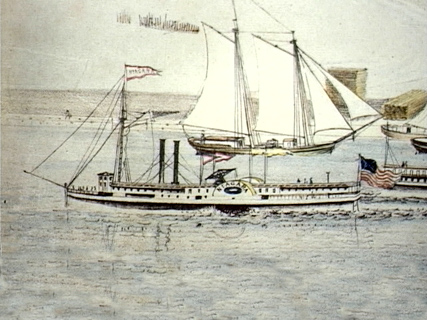
Niagara, circa 1847
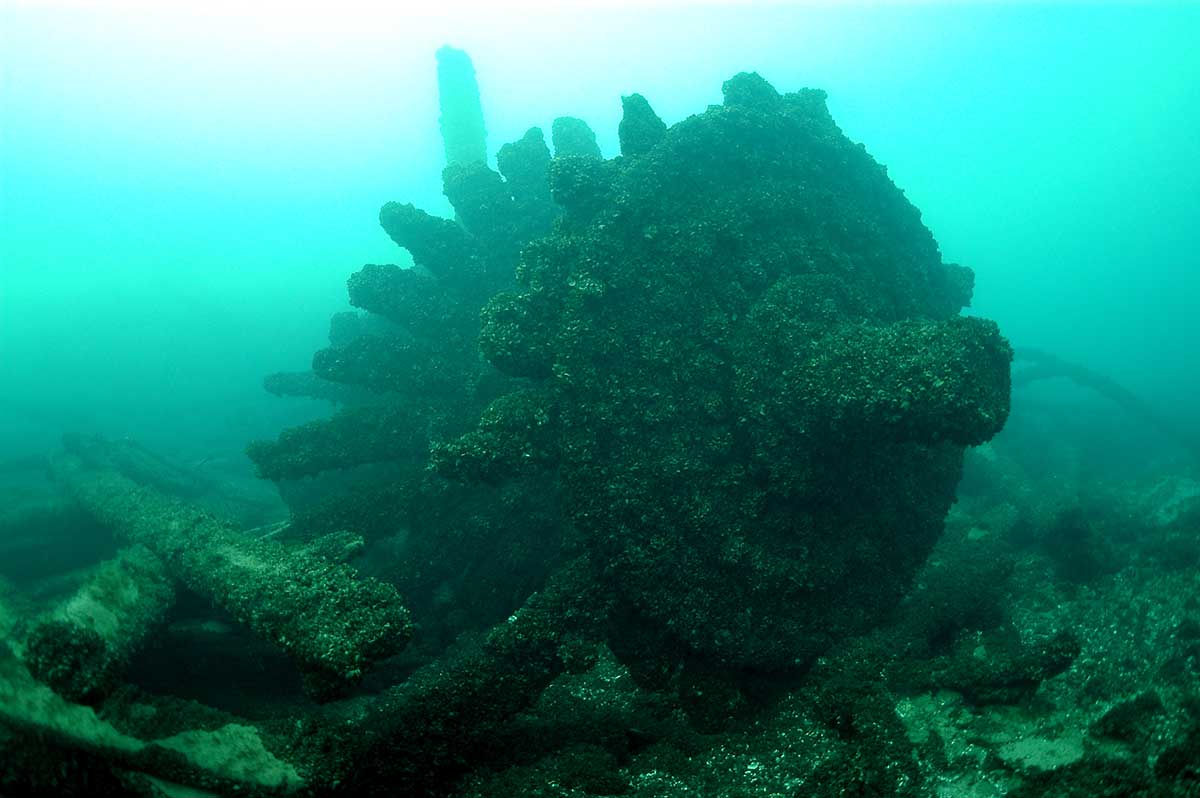
One of Niagara's paddle-wheel now existing without its spokes
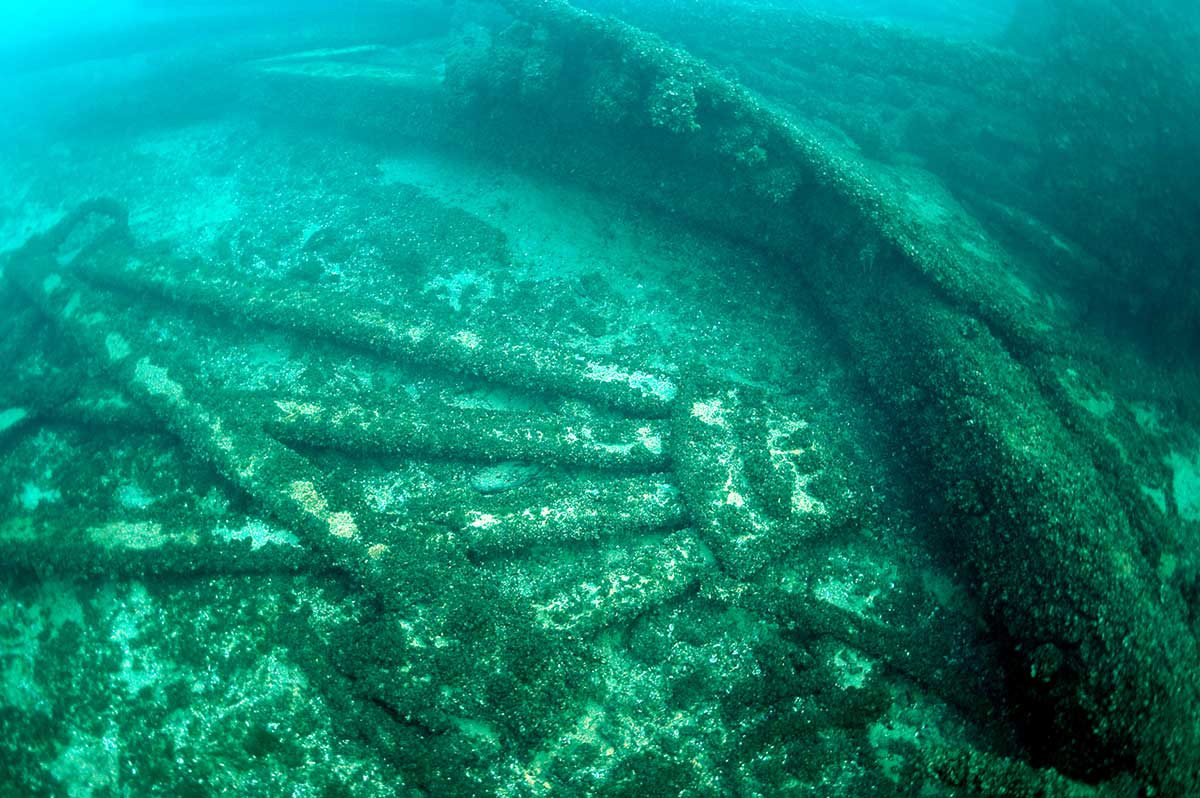
Remains of Niagara's other paddle-wheel, the result of salvage attempts
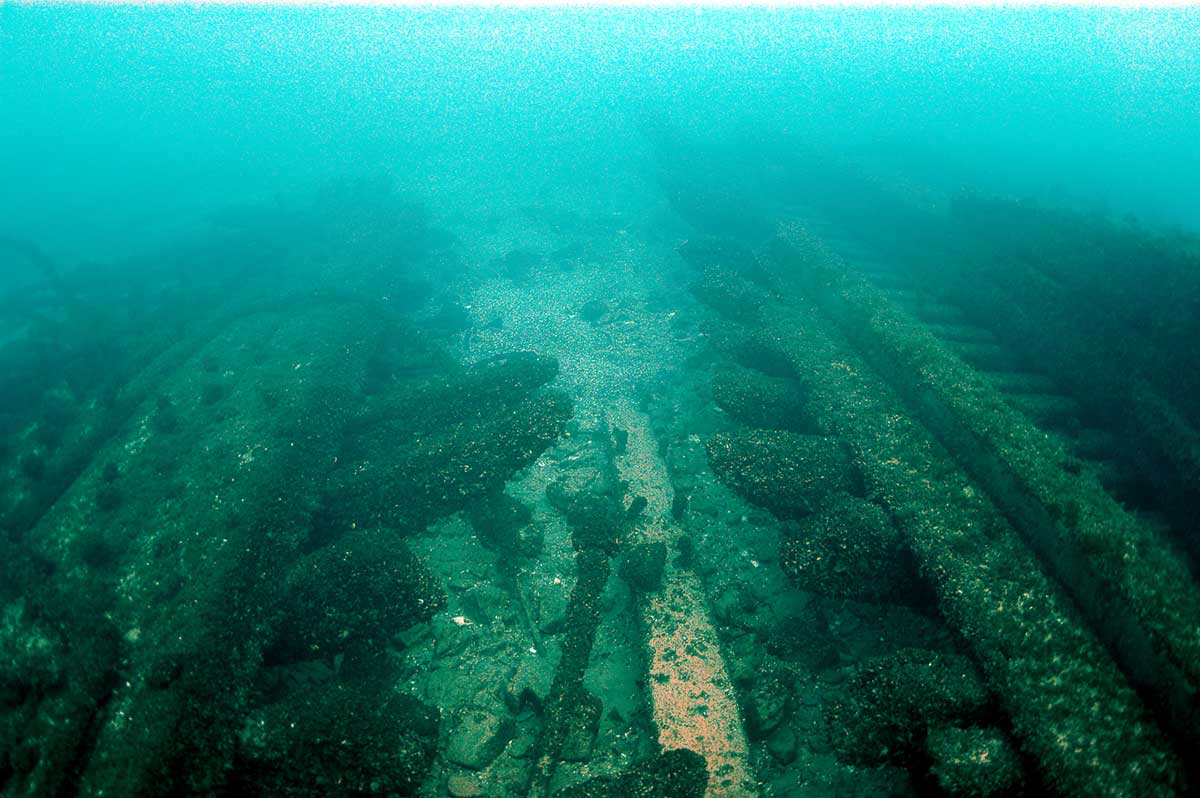
Niagara's hull structure, broken at the turn of the bilge
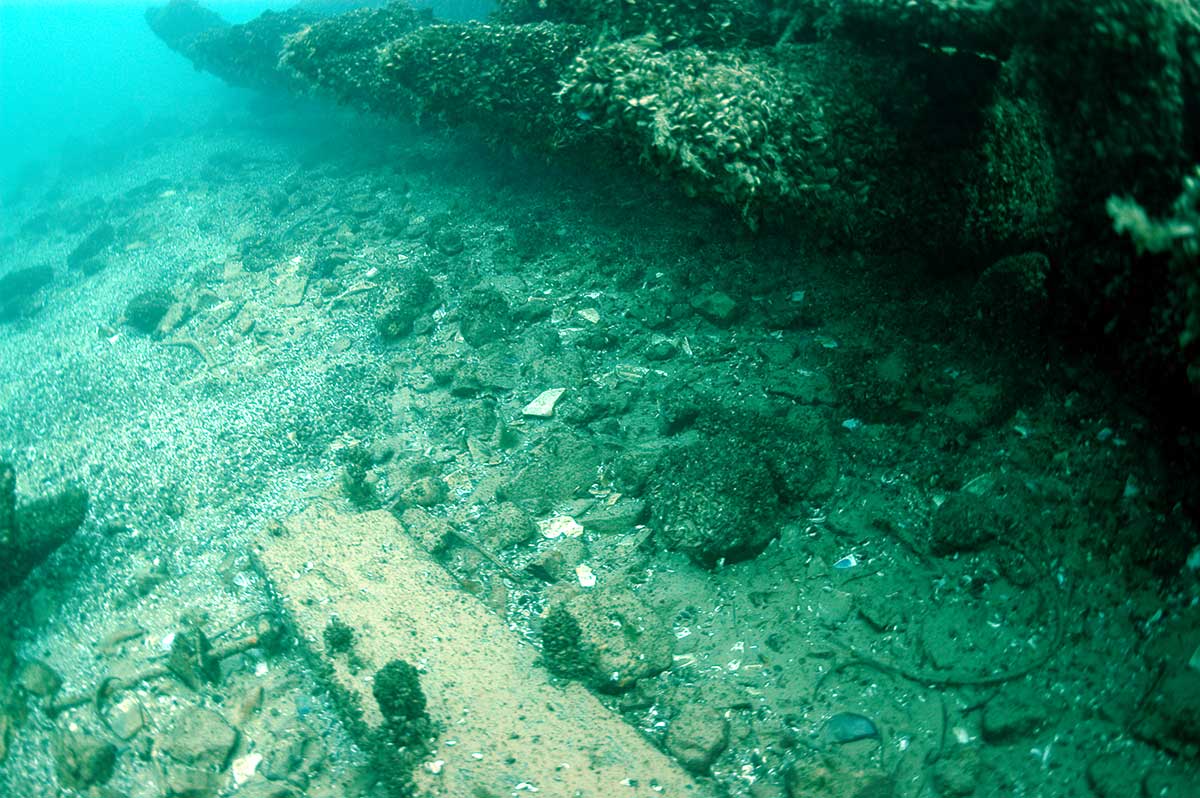
Porcelain shards found amongst the Niagara wreckage
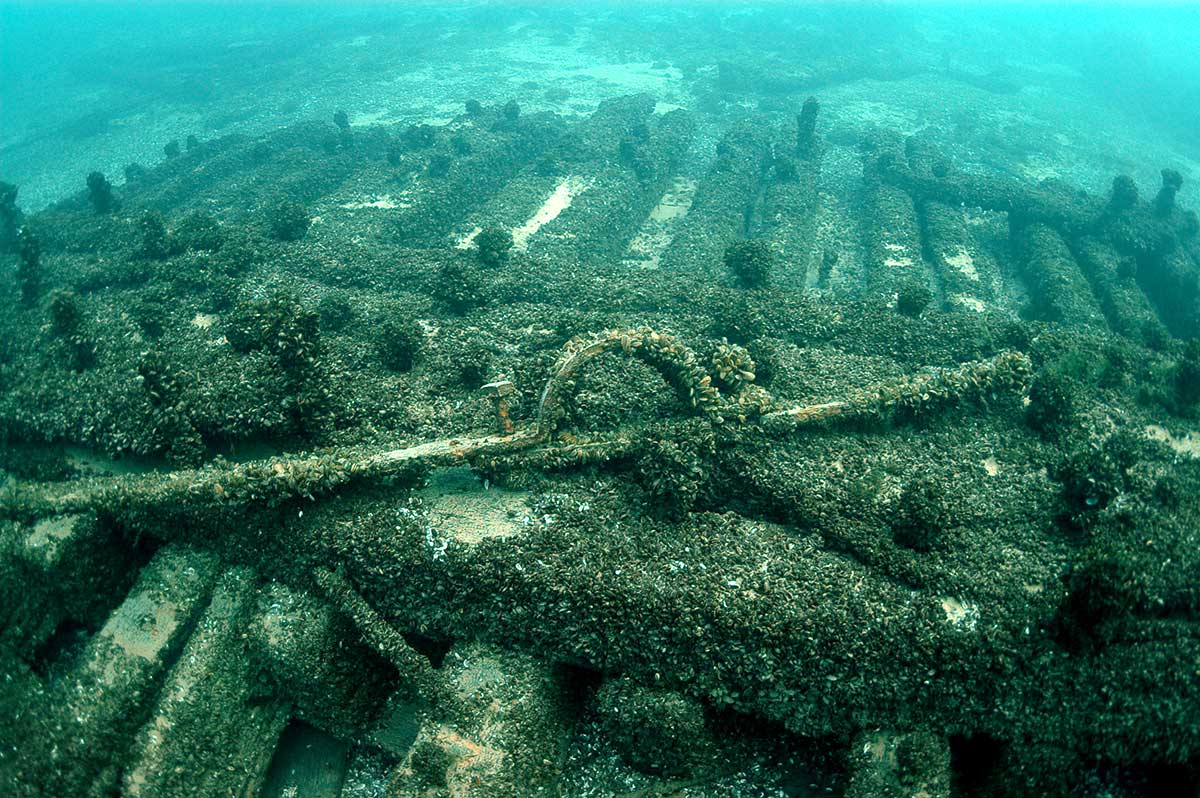
Niagara's frames, outer hull, and iron fasteners
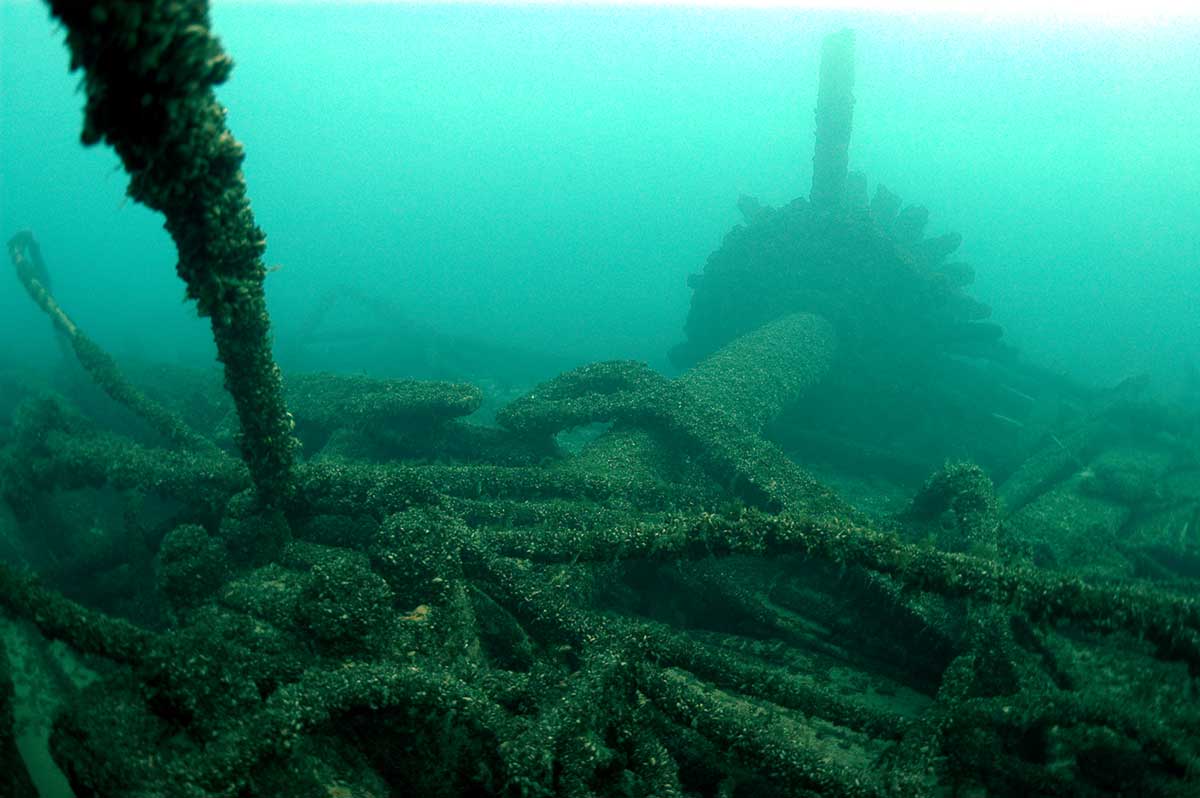
One of Niagara's paddle-wheels and drive shaft extending from the wreckage of the hull
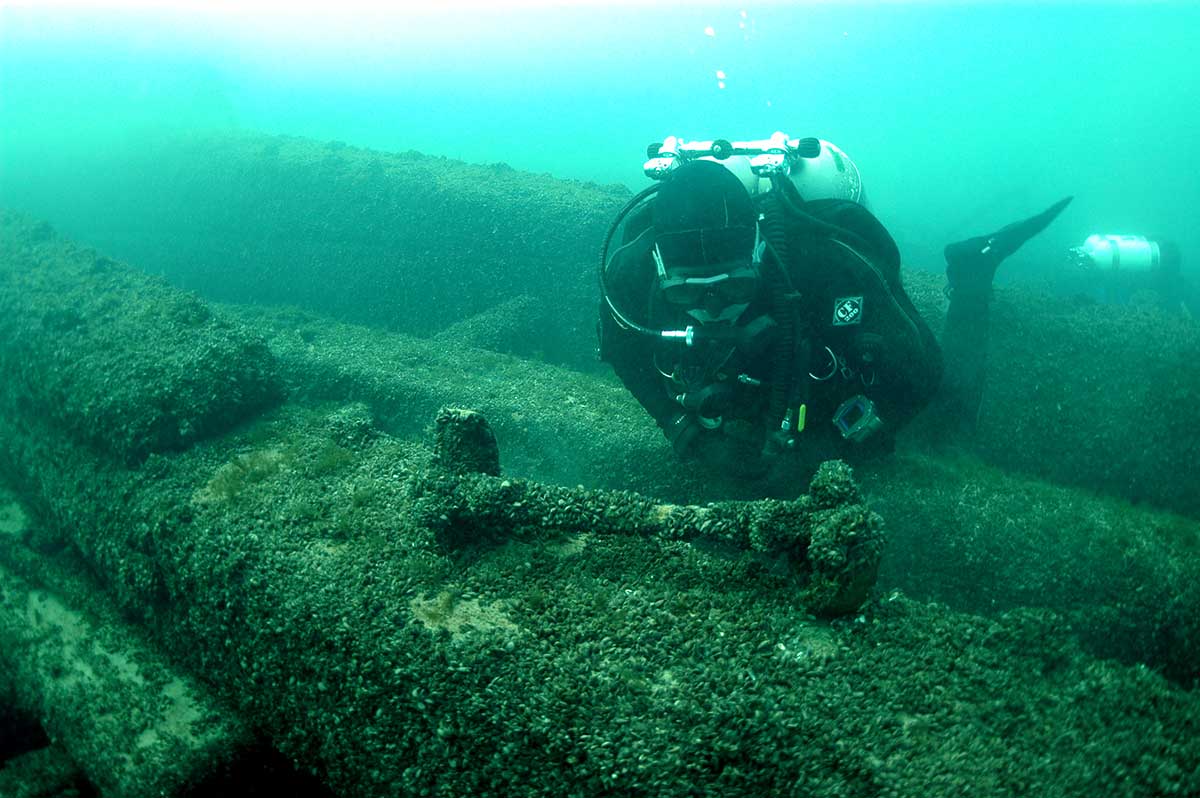
An archaeologist investigates iron wreckage located on the Niagara's keelson
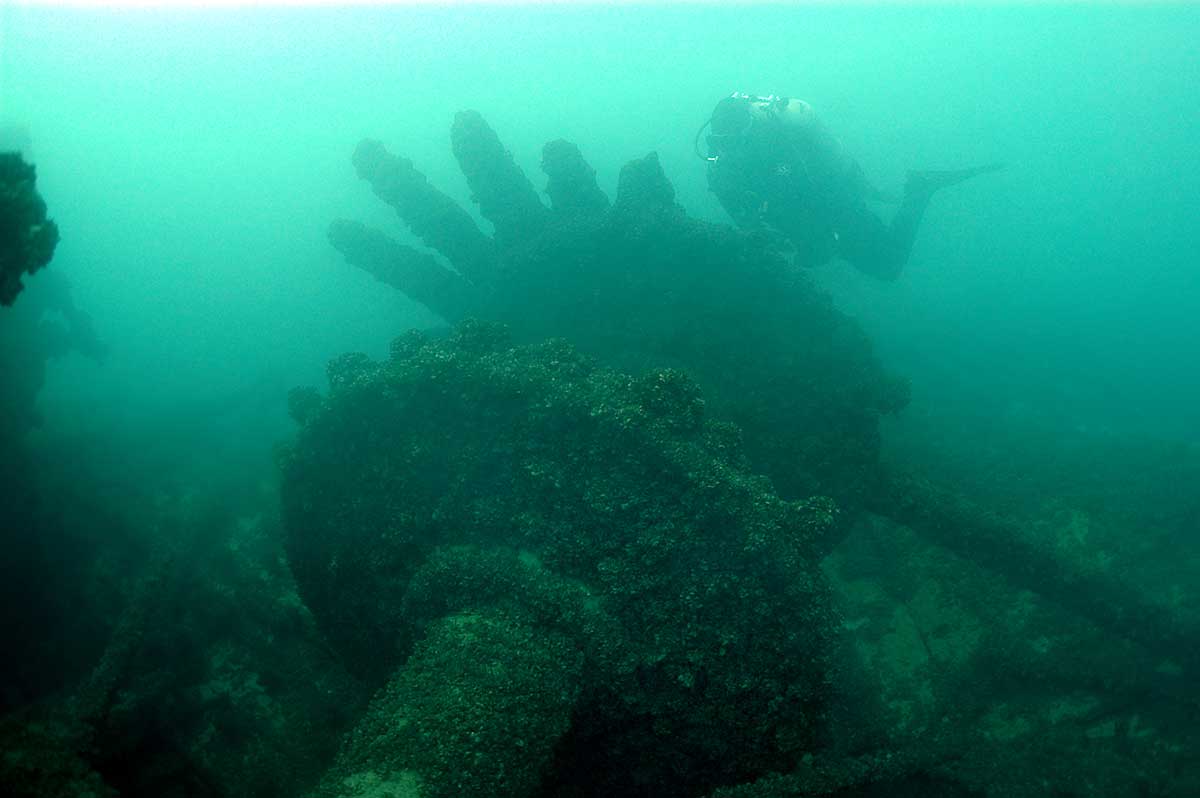
An archaeologist investigates one of Niagara's paddle-wheels
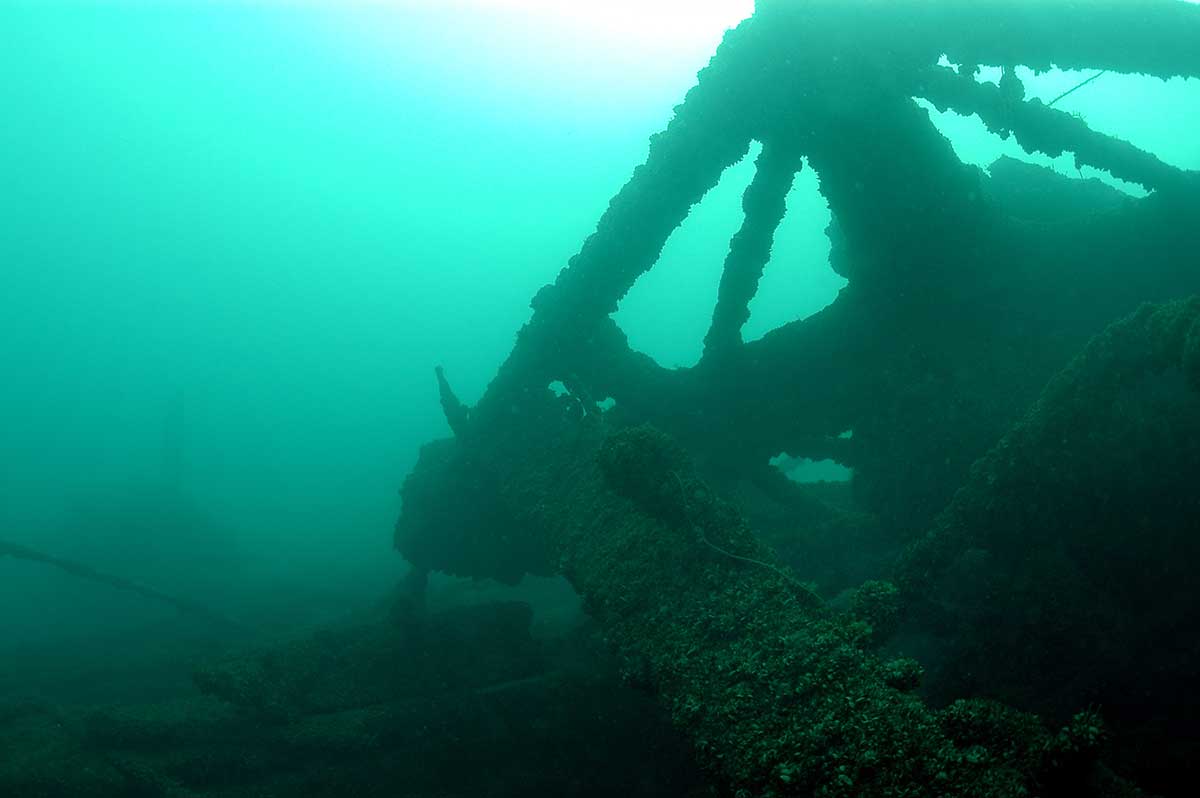
Niagara's collapsed walking-beam engine
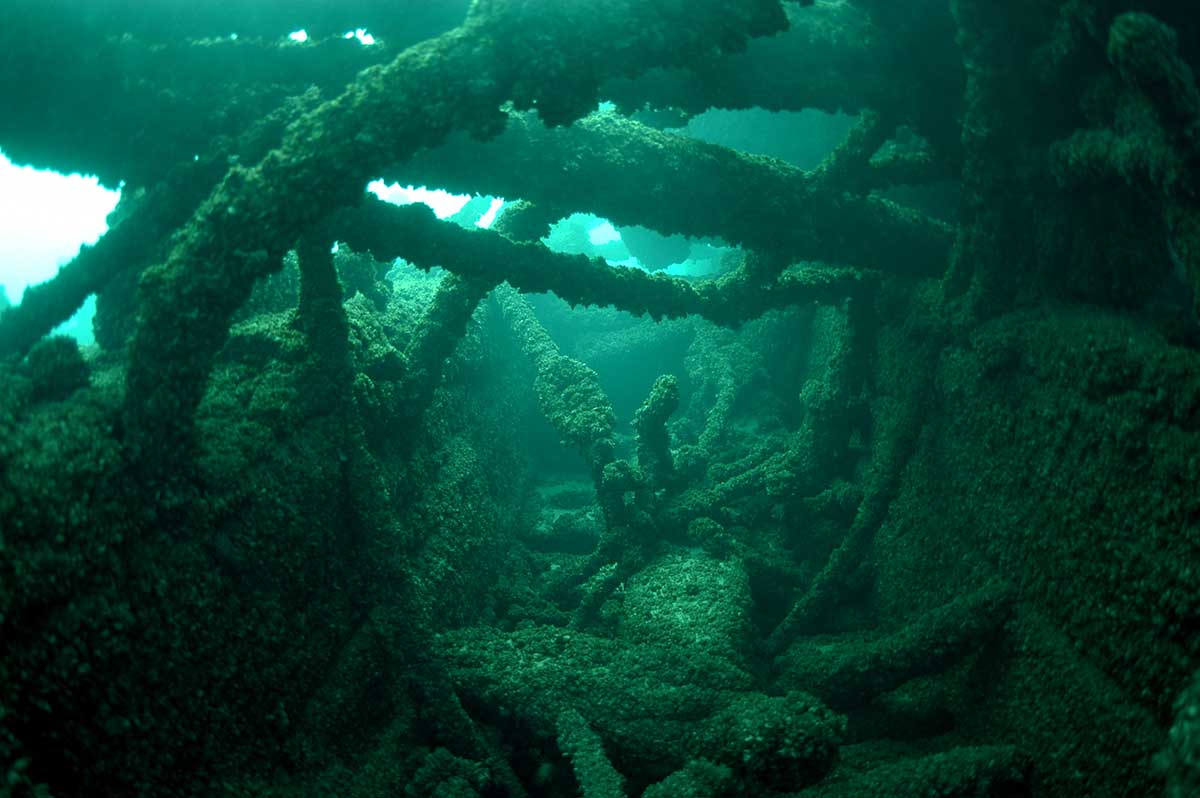
Wreckage inside Niagara's hull
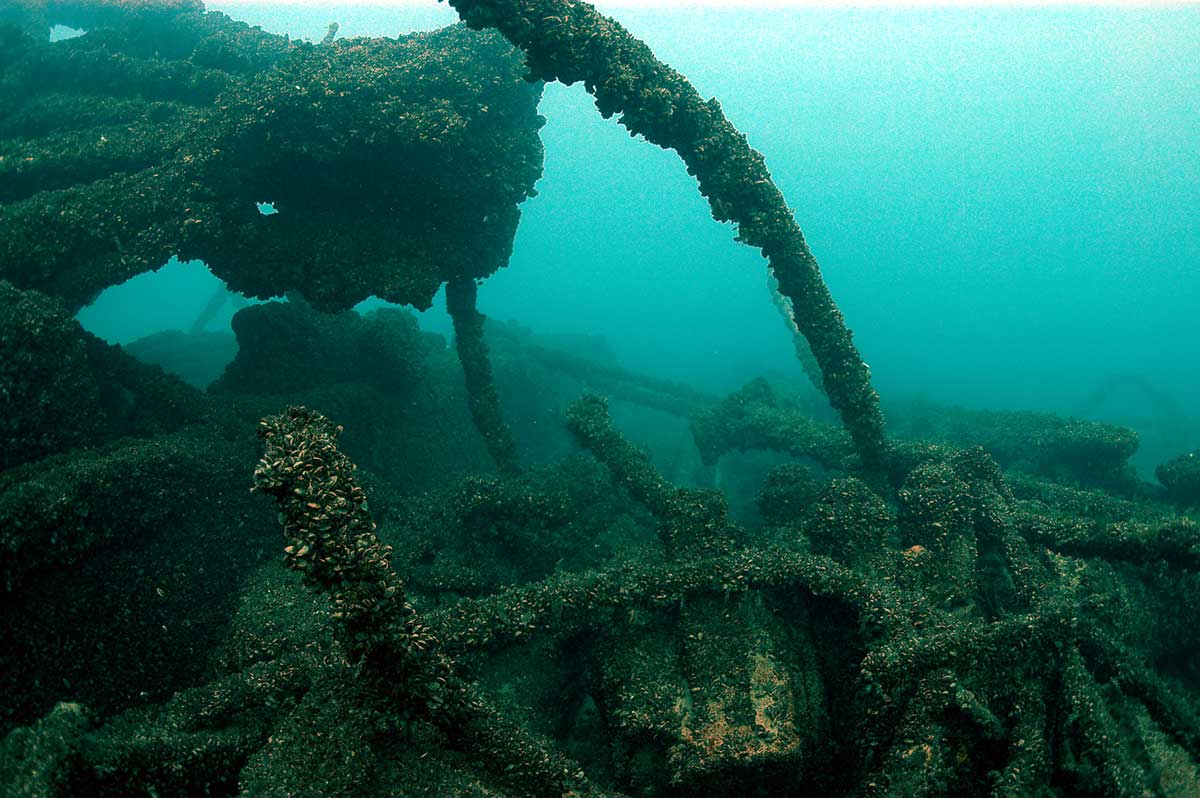
Broken remains of the spokes from one of Niagara's paddle-wheels
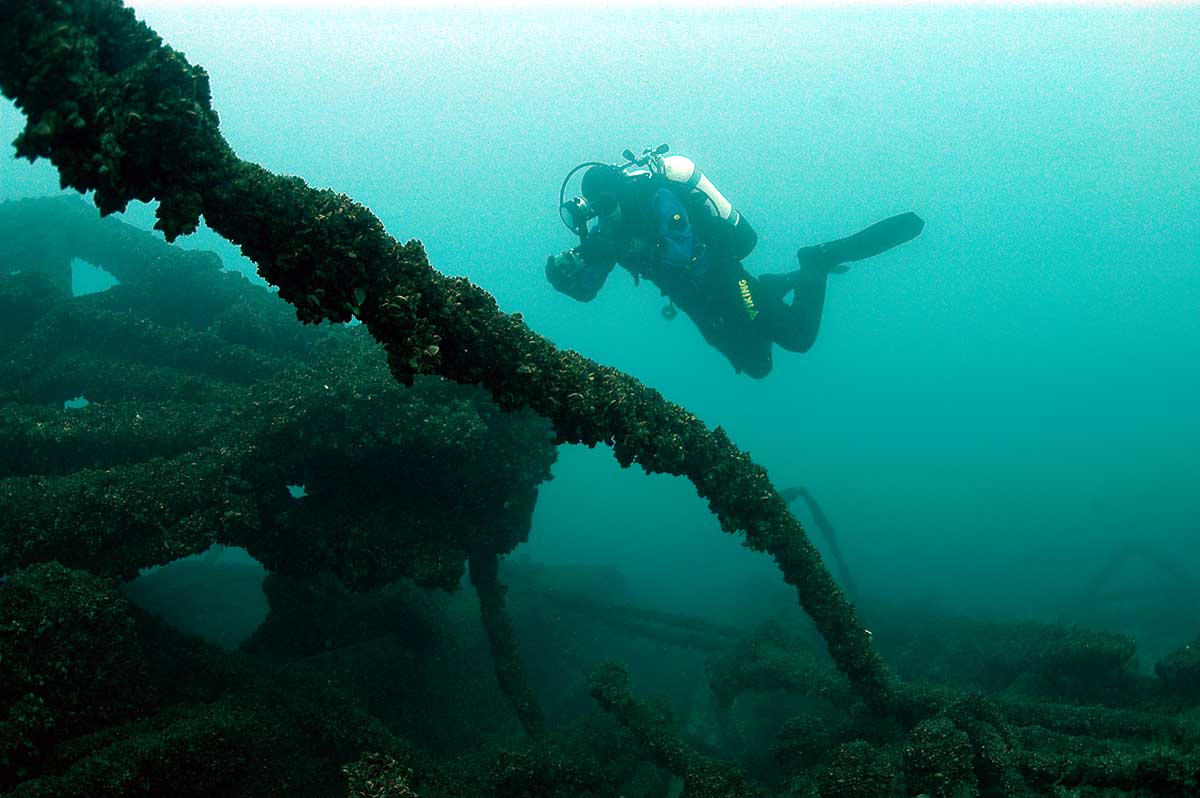
An archaeologist photographs the remains of the paddle-wheel
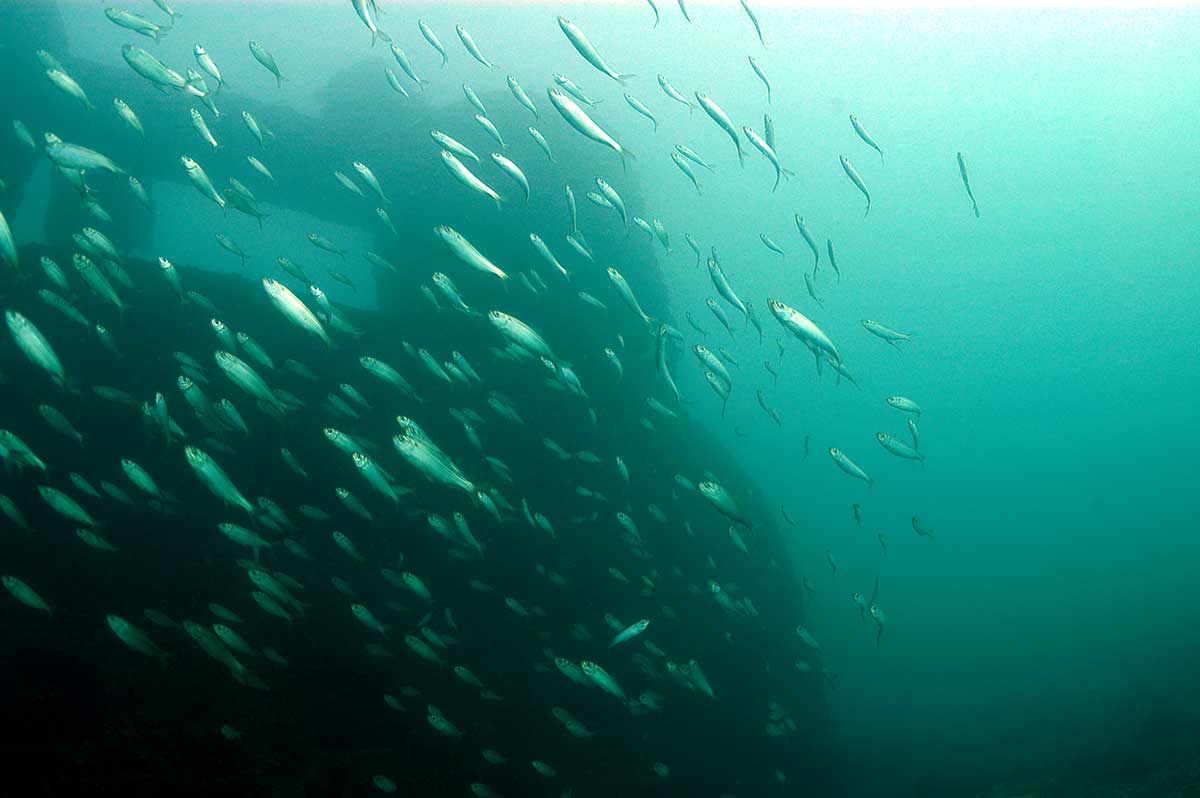
A school of fish swim in front of one of Niagara's boilers
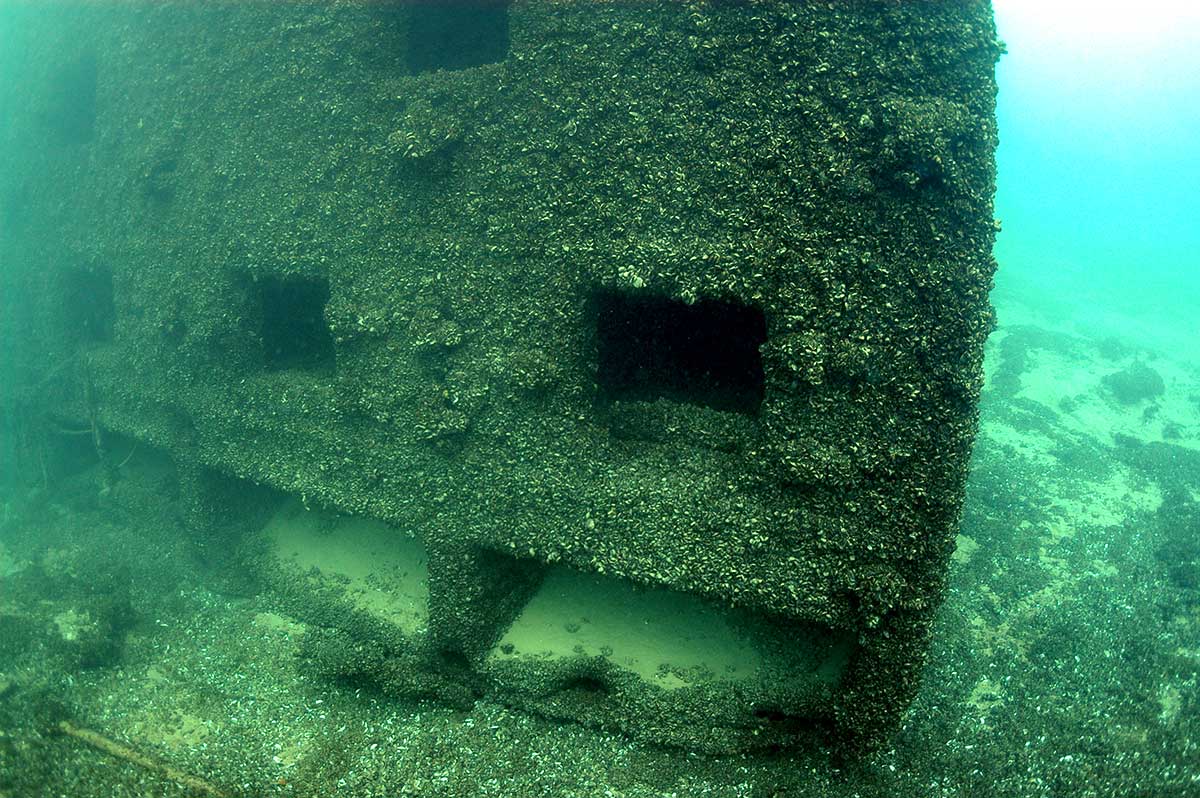
One of Niagara's massive boilers
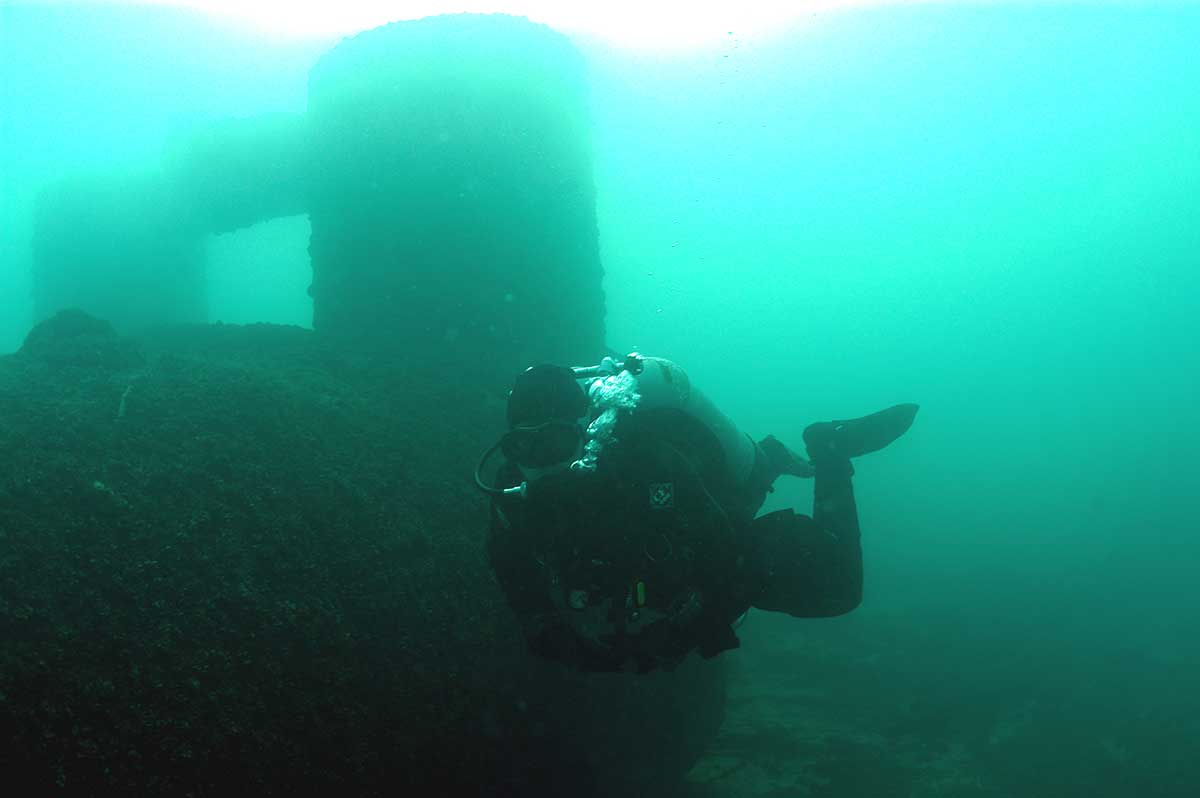
An archaeologist swims near the top of one of Niagara's boilers
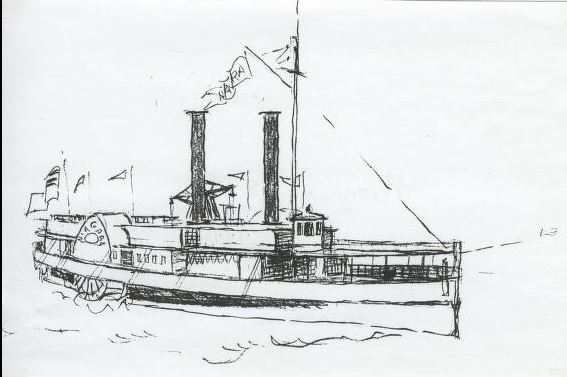
Niagara (1845). C.Patrick Labadie artist
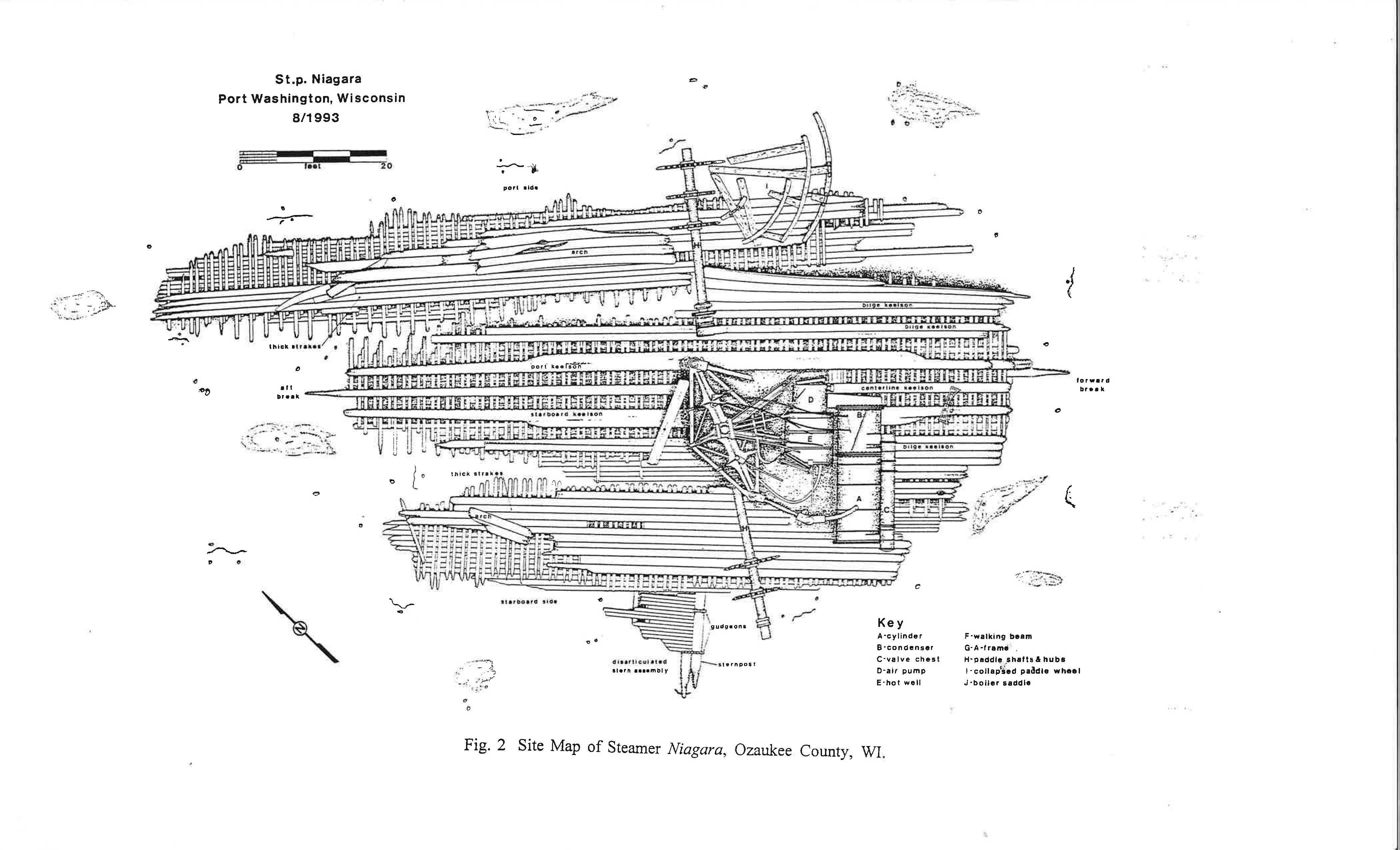
Site Plan of the Wreck of the Niagara
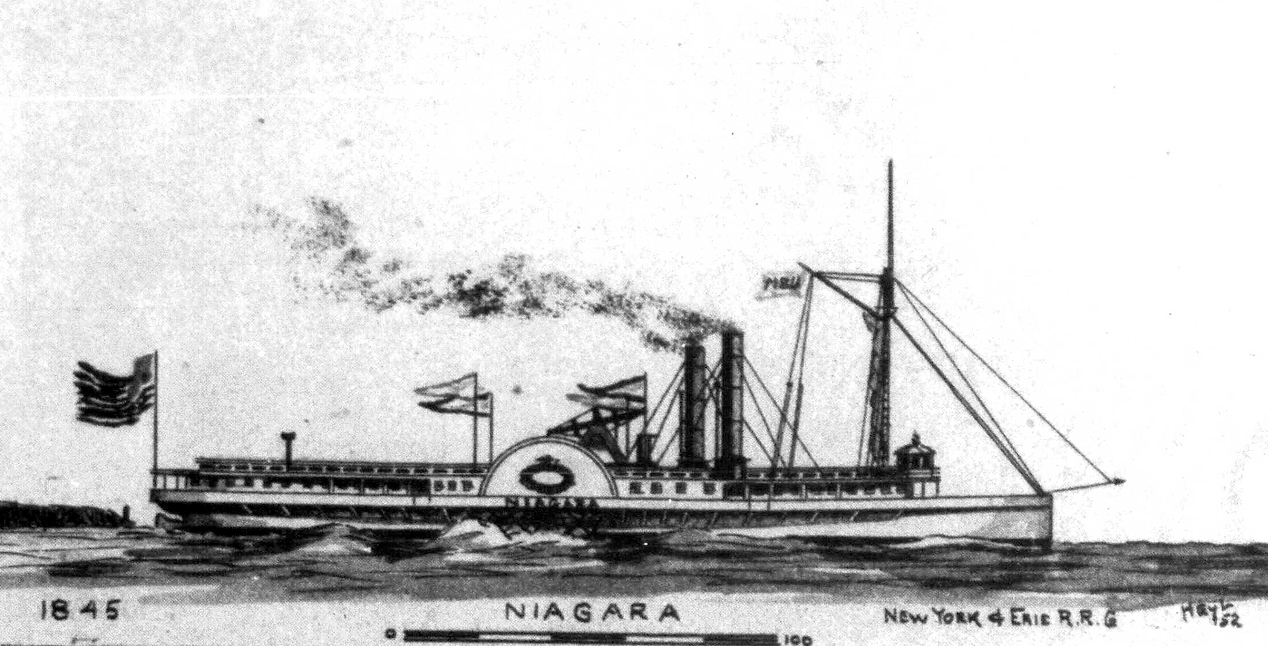
Drawing of the Niagara. Erik Heyl, Early American Steamers Vol. II
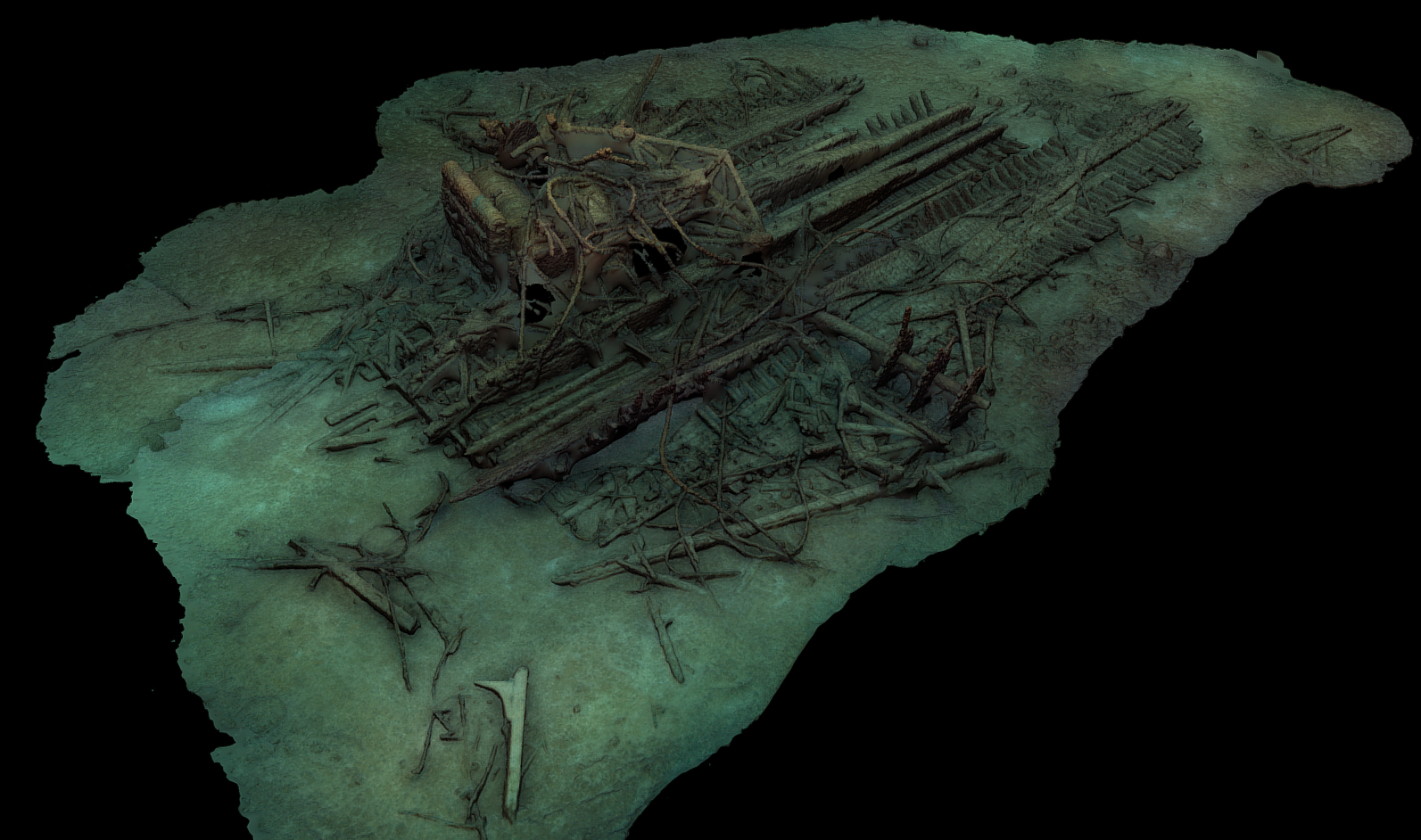
3d Photogrammetry Model of the wreck of the Niagara. You can view the model here: https://skfb.ly/oxNp7

 Confirmed Location
Confirmed Location
 Unconfirmed location
Unconfirmed location